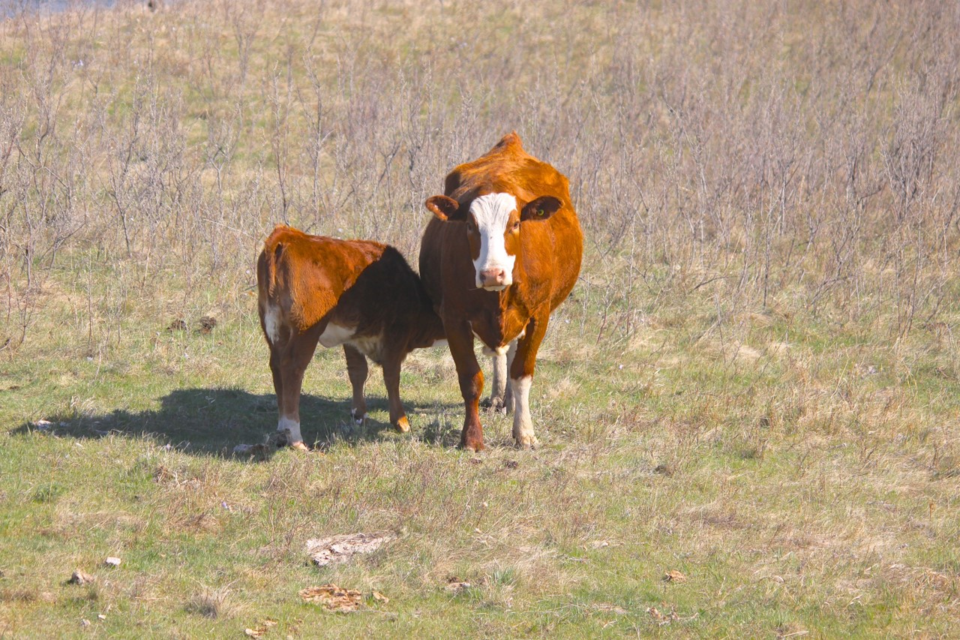Fast food chain A&W started a food fight with ranchers seven years ago by introducing hormone-free burgers, then plant-based burgers.
The products caught on with consumers but ranchers believed the advertising belittled their beef product.
And the beef industry complained not enough beef meeting A&W standards was produced in Canada to meet the needs. A&W agreed it had to buy meat from outside Canada.
Now the fast food chain has decided to switch to grass fed beef — beef that cannot be fed grain or feed additives.
A&W is working with packers and the industry to develop a supply of grass-fed beef.
The chain’s move opens up opportunities for beef producers but industry players are skeptical of much grass fed supply being developed within three years.
Australia, which supplies much of the chain’s beef, has lost one-fifth of beef production to prolonged drought and wild fires.
The beef feedlot industry is relatively new with beginnings in the post-war 1950s as a way to use surplus grain stocks. Before that all beef was grass-fed.
Moose Jaw had one of the first Prairie feedlots in the 1940s built by Albert Lister.
Ron Walter can be reached at [email protected]




